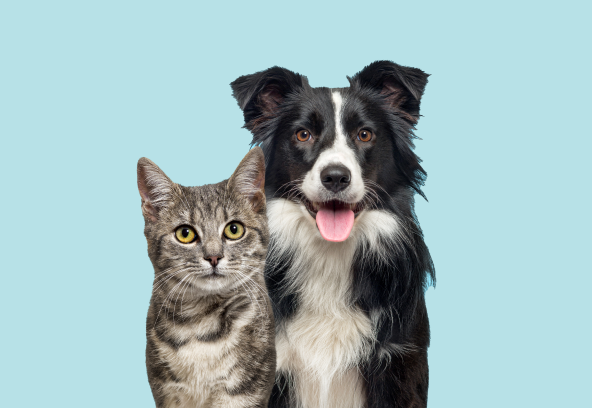
Do Your Pets Get the ‘Winter Blues’?

Is your pet a bit lethargic at the moment? Maybe they have the ‘Winter Blues’ too!
Do you experience the ‘Winter Blues’ - those times during the colder months when you feel a bit more tired than usual, seek comfort food and much prefer a night in to a night out? Well, you are certainly not the only one! Psychologists refer to it as ‘Seasonal Affective Disorder’ or ‘SAD’ and apparently your pets are not immune to it either!
According to a survey completed by the UK’s leading veterinary charity, The People's Dispensary for Sick Animals (‘PDSA’), around 40% of dog owners saw an overall downturn in their pet's moods during the winter months. Furthermore, 50% of dog owners felt their dogs slept longer with around two in five reporting their pets to be less active overall.
But these symptoms are not specific to dogs with a third of the cat owners surveyed also reporting their pet seemed "sadder" and less playful during the wintertime. For both dog and cat owners, 25% reported that their pet's appetites increased in winter.
So, what causes this?
The chief cause seems to be the effect that lower light levels have on Melatonin and Serotonin – they are the hormones that can affect sleep cycles, appetite and mood.
Melatonin production increases in low light conditions – the less light during winter days means more is produced over a 24-hour period compared to a typical summer day. The extra melatonin produced contributes to our pets feeling more relaxed / lethargic.
In the case of Serotonin, we see a similar cause and effect. Sunlight is required to produce it and with less sunlight our pets can experience less of this ‘feel good’ hormone - and they can’t book a cheap flight to Hawaii to deal with it like some of us do!
So, here’s some tips to help our four-legged friends (and maybe ourselves as well!). The key seems to be to soak up as much of the available light as we, and our pets, can...
1. Try placing your pet’s bed under skylights, windows or glass doors.
2. Adjust your pet’s walking schedule to ensure you are walking during the day.
3. Try using light bulbs that are marked as ‘full spectrum’ or ‘daylight bulbs’ that look to mimic daylight – even those marked as ‘cool white’ can apparently have some effect.
4. When you do turn these lights on, play with your dog so that their eyes are actually open to give their retinas a chance of being exposed to the light.
If you have a ‘winter blues pet’, hopefully some of these tips will help you. And if you have any other tips to try and kick your pet’s winter blues, email your ideas to pawprintz@petnsur.co.nz

